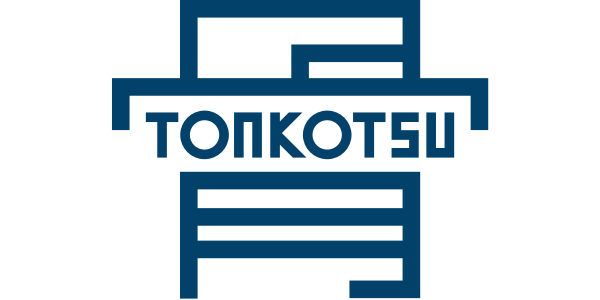.svg)
The Shift - May 2, 2024
The Shift - May 2, 2024

Hello and welcome to The Shift. Coming up in this issue:
- What CEOs think of the new flexible working law in the UK
- The key role frontline managers can play in employee engagement
- Closing the digital divide: how one frontline company achieved comms success with an employee app
CEO perspectives on the UK’s new flexible working law

New flexible working rules came into effect in the UK in April 2024.
The Flexible Working (Amendment) Regulations 2023 gives workers the right to request flexible working from the first day of employment. Previously, they had to be employed by a firm for 26 weeks before making a request.
According to the Chartered Institute of Personnel and Development (CIPD), flexible working can:
- Increase productivity
- Improve employee job satisfaction and wellbeing
- Reduce absenteeism rates
- Improve a firm’s ability to attract and retain talent
But what do CEOs think of this change to the law? Management Today asked a selection of CEOs for their take on the bill. Here’s what Blink’s Sean Nolan, had to say:
“Most decent companies are embracing employees' right to request flexible work from the point they apply. Candidates are asking for part time work or flexible hours and, as employers, we’re considering if that is possible. So a government mandate to make it ‘allowed’ from day one will make almost no difference.
“Not all roles can be done flexibly and we also need to acknowledge that. For smaller companies, they may not have the resources to cover essential work and, for companies providing services like public transportation or working in a manufacturing facility, there may be set working hours or patterns that are essential.
“So while flexibility can be mutually beneficial to the employer and employee, it’s also highly personal to both, and a one size fits all will never be successful.”
Supporting frontline managers to enable better employee engagement

Frontline managers are responsible for, on average, two out of three employees within an organization. Dealing directly with such a large proportion of the workforce, they have a huge impact on employee engagement.
Despite this, people are often promoted into frontline manager roles with very little training. That means frontline managers aren’t always sure how to support company culture and engagement.
And it’s why, according to a recent Forbes article, organizations should be empowering frontline managers to deliver on the following:
- Employee engagement. Don’t presume that frontline managers already have the management skills they need. Offer training on management techniques and communication. Teach how to create an engaging environment — and how to spot and respond to disengagement, too.
- Performance management. Support frontline managers to reward the work and support the growth of employees. Train them in how to give regular, constructive feedback. And in how to create a plan of action based on that feedback.
- Learning and development. With frontline manager support, you can make a bigger impact with L&D. Managers can help identify worker strengths, weaknesses, and L&D needs. They can raise awareness of training opportunities and support employees to apply new skills to their work.
Read more tips for frontline managers: 7 best practices for managing frontline employees.
Solving the digital divide in a deskless organization
.png)
The Capital District Transport Authority (CDTA) runs the public transit system in Albany, New York. They were struggling to communicate with their employees, many of whom are drivers and maintenance workers on the frontline of the organization.
They had a clunky intranet that few people used. Posters and digital screens were sometimes ignored. And supervisors spent a lot of time sharing messages 1-2-1.
They’d tried everything to connect their teams, improve engagement, and communicate key messages. But it just wasn’t working.
In a recent webinar, the CDTA comms team talked with Blink about their journey. They discussed how they went from a fragmented workforce and poor internal communication to something much more effective.
“I know we’re not unique. A lot of organizations struggle with internal communication. It’s just whether or not you’re going to take that next step to really get to the employees, listen to their feedback, and give them what they need so they can also feel that they’re an integral part of the organization.” — Jaime Kazlo, Head of Communication, CDTA
Learn how CDTA chose and implemented a solution. And find out how they’re doing two years on from launching their employee app. Read the webinar recap: Solving the digital divide in a deskless organization.
Trusted by 300+ frontline organizations










